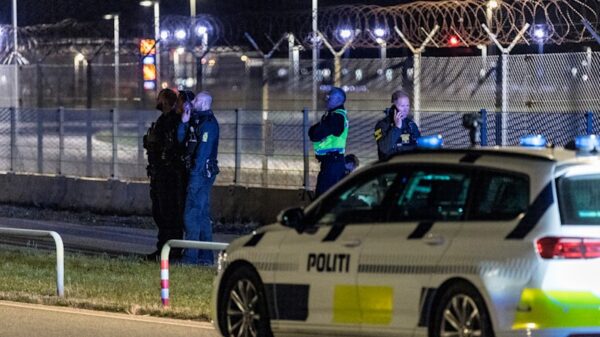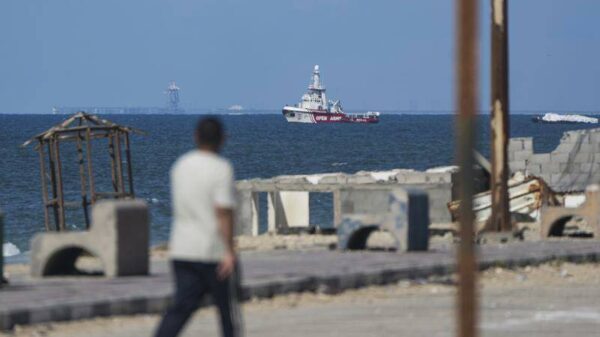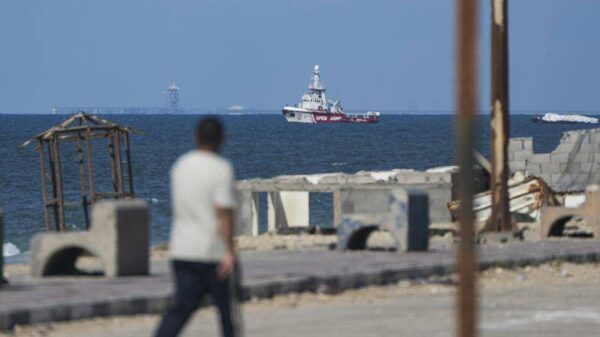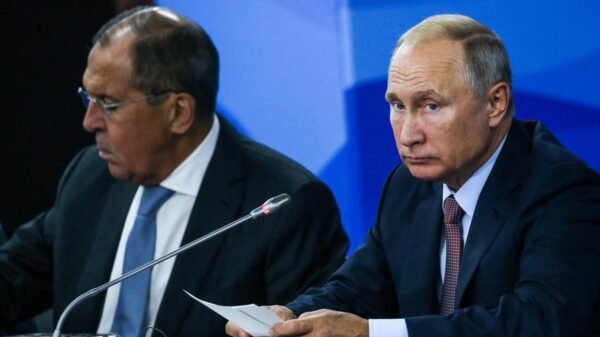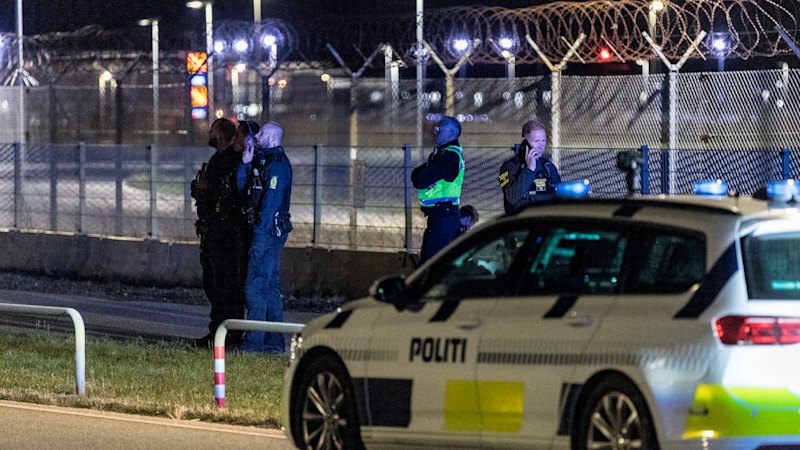A recent string of drone incursions across several European airports has revealed significant vulnerabilities in the continent’s airspace security. On a single night, at least 20,000 passengers faced chaos as drones disrupted operations at Copenhagen Airport, leading to the grounding of numerous flights. This incident quickly escalated to Oslo Airport and smaller airfields, prompting urgent discussions among national leaders regarding drone defense strategies.
Within days of the initial disruption, drones appeared over military bases in both Denmark and Norway, highlighting Europe’s exposure to airborne threats. In response, the European Union swiftly updated its defense plans, pledging increased funding for systems capable of intercepting drones. Leaders even proposed the creation of a “drone wall” to mitigate potential attacks. However, these measures fell short when Brussels Airport had to ground flights on multiple occasions due to drone sightings near its runway, which it shares with the Melsbroek military air base. Similarly, Gothenburg-Landvetter Airport in Sweden halted operations as authorities began a sabotage investigation following drone sightings.
This ongoing drone threat raises pressing questions about the cost and effectiveness of new technologies designed to protect critical infrastructure. Oleg Vornik, CEO of DroneShield, a company based in Sydney, noted that no civilian airport currently has a fully deployed counter-drone system. Although many projects are underway, they do not yet constitute comprehensive defenses. Another Australian firm, Electro Optical Systems (EOS), is also rapidly expanding its drone defense capabilities, with its CEO, Andreas Schwer, indicating that the threat is likely to persist.
The recent incursions have drawn attention to potential links with ongoing geopolitical tensions. Just weeks before the Copenhagen incidents, Russian drones were detected over Poland, prompting NATO to scramble fighter jets. The belief among Western military officials is that these actions are tests of NATO’s defenses, especially given the involvement of Chinese and Iranian technology in the drones used against Ukraine. Speculation even suggests that North Korean labor might assist in increasing Russian drone production.
As Europe grapples with these threats, experts emphasize the urgent need for enhanced security measures. Keir Giles, a senior consulting fellow at Chatham House, pointed out that major European airports lack adequate systems to detect or mitigate drone incursions, which he describes as a significant security oversight. He warns that the cost of disruption from drones is minimal compared to the potential chaos they can create.
While past incidents, such as the drone shutdowns at Gatwick Airport in the UK, led to some improvements in security protocols, the recent wave of disruptions underscores the necessity for stronger defenses. Experts advocate for the deployment of more radio frequency (RF) systems capable of detecting drones before they enter restricted airspace. A recent white paper by DroneShield and consulting firm SRI Group highlighted the importance of RF sensors for early warning.
Current counter-drone technologies range from RF jammers to more advanced systems that resemble science fiction devices. DroneShield’s DroneGun operates by emitting radio waves to disable drones, while EOS offers the Apollo, a laser weapon capable of targeting multiple drones simultaneously. The demand for such technologies has surged, with DroneShield reporting sales of $92.9 million in the third quarter of 2023, a significant increase from $7.8 million in the same period last year.
Despite the growing market for drone defenses, securing airspace remains a daunting challenge. The European Commission has shifted its focus from the concept of a “drone wall” to a broader initiative aimed at developing a comprehensive drone defense strategy by 2030. Andrius Kubilius, the European Defence Commissioner, emphasized the need for cooperation among NATO and EU member states to address military threats posed by drones.
Experts like Kateryna Bondar at the Centre for Strategic and International Studies warn that the recent incidents at airports highlight deeper vulnerabilities within NATO’s air defense framework. With the potential for autonomous drones to conduct attacks without direct human control, the urgency to invest in effective drone countermeasures has never been greater.
As the threat landscape evolves, both Europe and Australia must address the implications of these incursions. While Australian airports have not experienced similar disruptions, the potential for such incidents to occur looms large. The need for robust defenses against drone technology is critical, especially as nations collaborate to combat emerging threats.
In summary, the recent drone incursions across Europe serve as a stark reminder of the vulnerabilities present in airspace security. With ongoing geopolitical tensions and the evolving capabilities of drone technology, both immediate and long-term strategies are necessary to protect essential infrastructure and ensure public safety.






